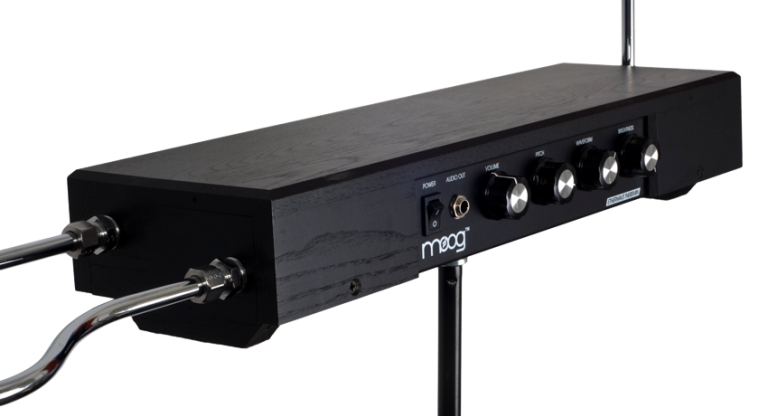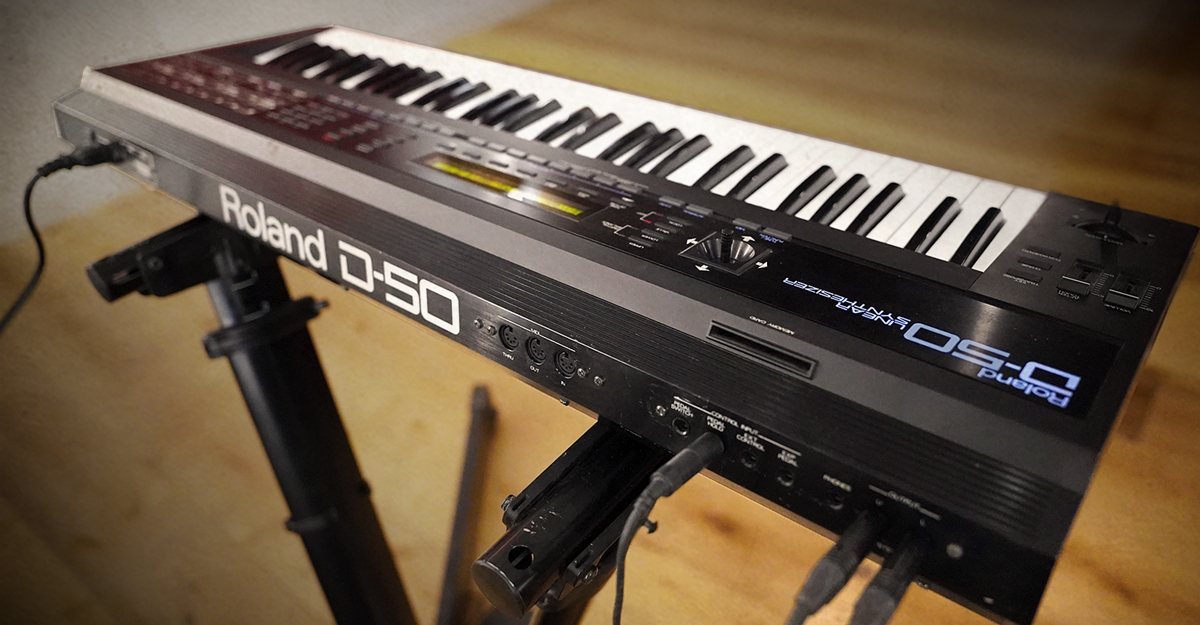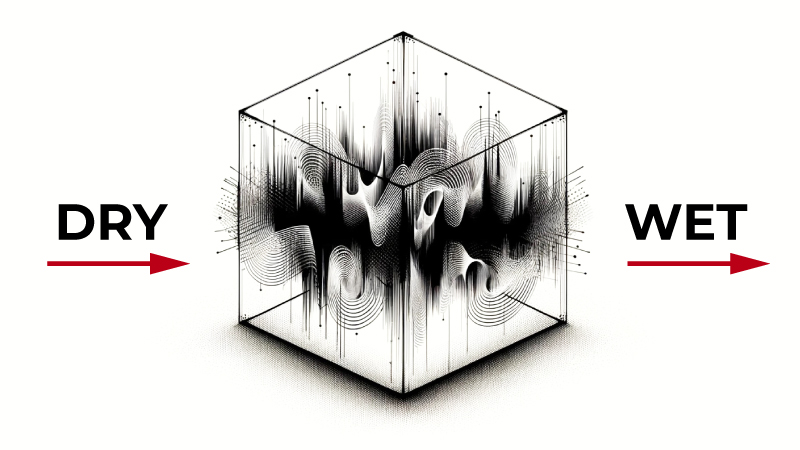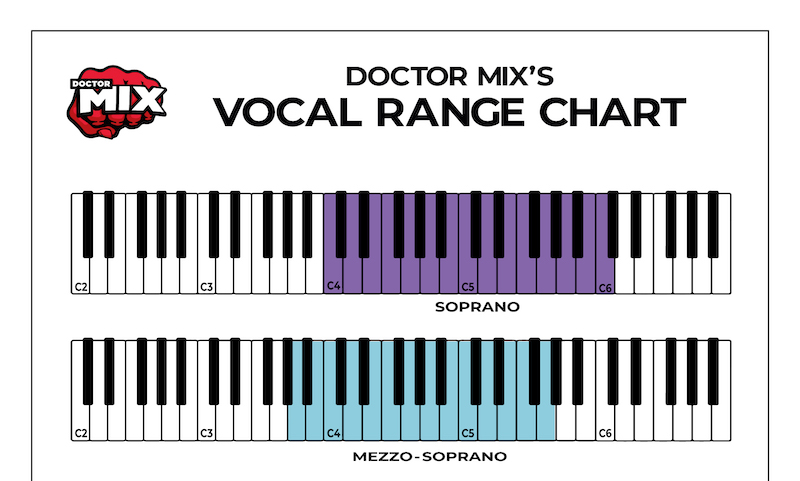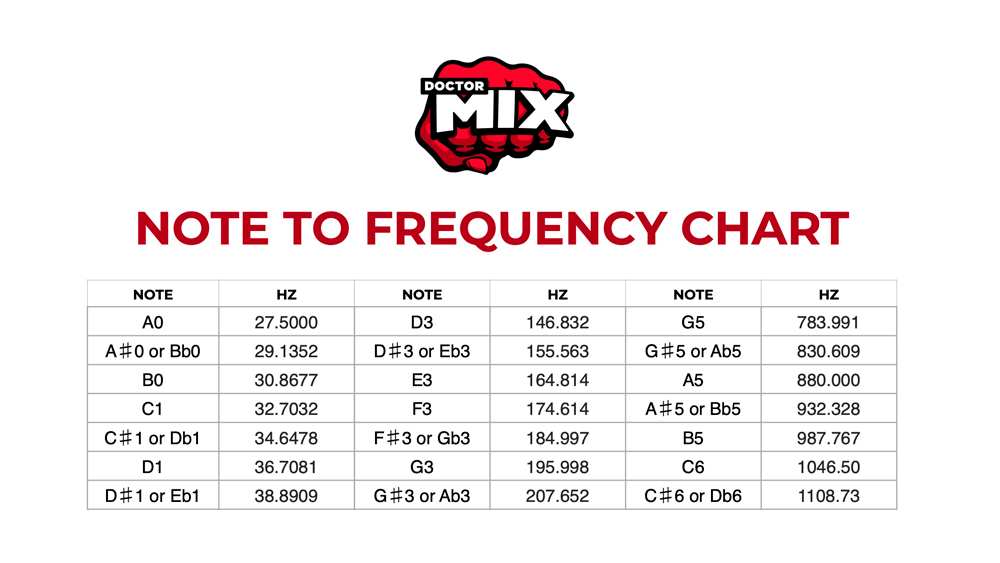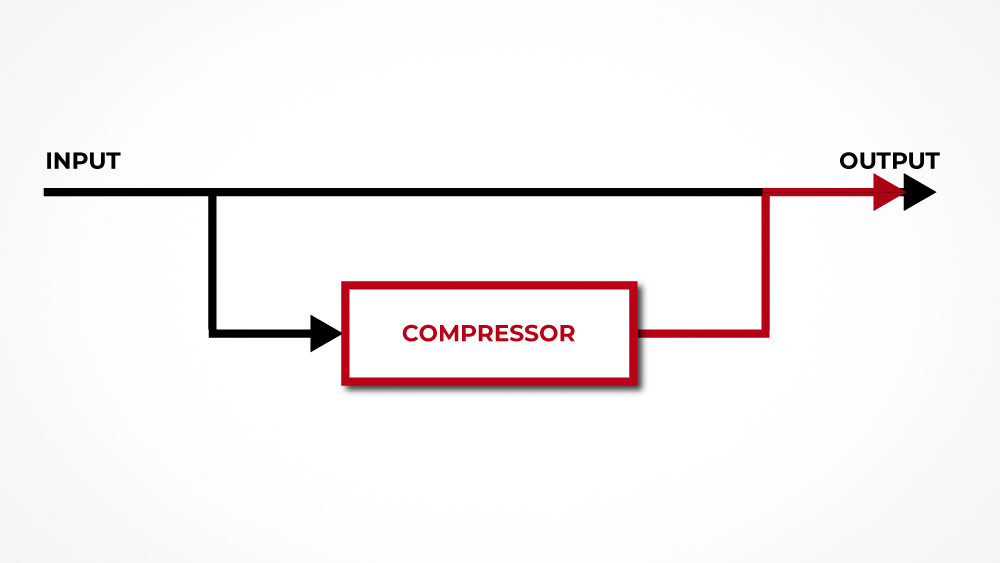How To Mix And Master For Vinyl
This week is all about vinyl records and we absolutely LOVE vinyl! We keep pressing and releasing them, they smell great and they sound amazing 🙂 So what are the key differences you should know about when mixing and mastering for vinyl? Here’s your answer!
No Stereo Bass
There are no major differences between mixing & mastering for vinyl, however due to the physics of vinyl cutting, you can not have stereo bass. That’s why mastering engineers usually collapse the low-end into mono – something you want to keep present. Let’s say you’re panning your bass all the way to the left, ultimately you’re going to hear most of it coming from the centre anyway. If you have a stereo bass then only the mids and top-end will stay stereo. This also applies to Kick Drums and any other low-end rich instrument.
Loudness
Mastering to a ludicrous loudness is hardly ever a good idea, but especially when dealing with vinyl, you need to leave a reasonable amount of dynamic range for it to sound best.
Length
There are limitations in terms of how long a track can be, or how many tracks you can fit on a record. Whether you’re cutting on a 7”, 10” or 12” vinyl, at 33rpm or 45rpm, you’re going to have a separate maximum length for each side. Using the maximum amount of time reduces the loudness of your record, and so staying below the optimal amount of time is the best choice.
Here’s a table of maximum play time based on the type of vinyl that you are pressing.

If you want to press records today, then we’re happy to recommend Qrates, a great one-stop-shop to get your vinyl record project started today.
If you want to know more about mixing then you should try “The Official Guide To Mixing“, our step by step 24 part video course on how to achieve a professional sound for your music.


